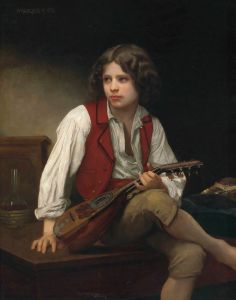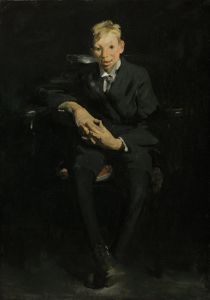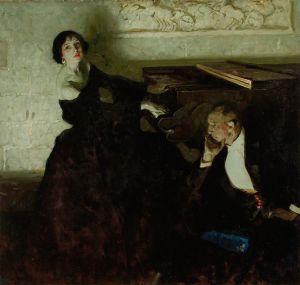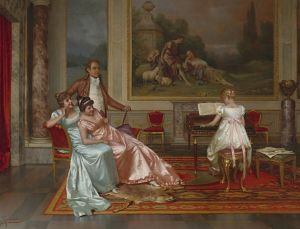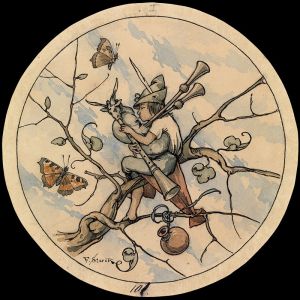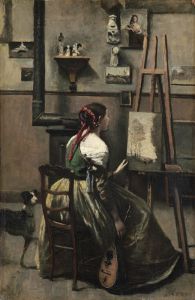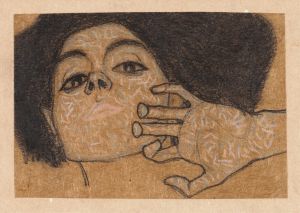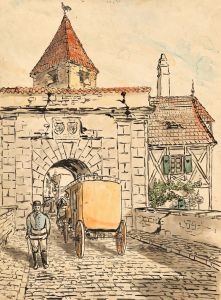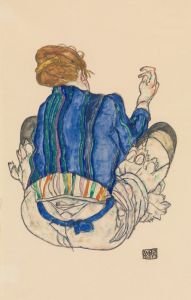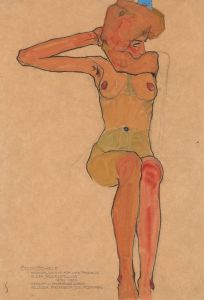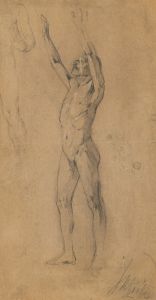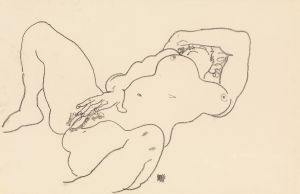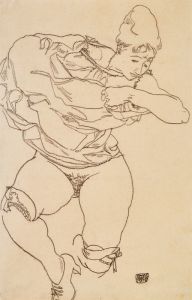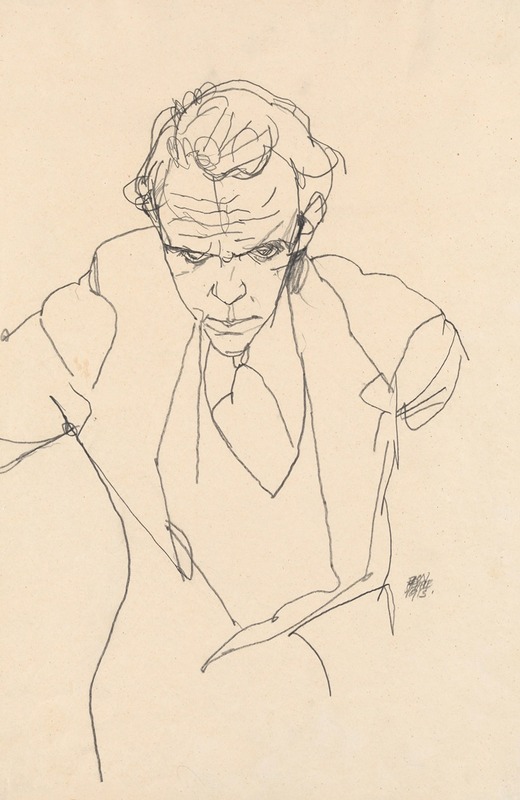
Roderick Mac Kay, Pianist
A hand-painted replica of Egon Schiele’s masterpiece Roderick Mac Kay, Pianist, meticulously crafted by professional artists to capture the true essence of the original. Each piece is created with museum-quality canvas and rare mineral pigments, carefully painted by experienced artists with delicate brushstrokes and rich, layered colors to perfectly recreate the texture of the original artwork. Unlike machine-printed reproductions, this hand-painted version brings the painting to life, infused with the artist’s emotions and skill in every stroke. Whether for personal collection or home decoration, it instantly elevates the artistic atmosphere of any space.
Egon Schiele, an Austrian painter known for his distinctive style and contribution to early 20th-century art, created a portrait titled "Roderick Mac Kay, Pianist." Schiele, a protégé of Gustav Klimt, was a significant figure in the Expressionist movement, and his works are characterized by their intensity, raw emotion, and often provocative subject matter.
"Roderick Mac Kay, Pianist" is one of Schiele's lesser-known works, and there is limited information available about the painting itself. Schiele's portraits often focused on capturing the psychological depth and inner life of his subjects, and it is likely that this work follows a similar approach. His use of bold lines and stark contrasts often conveyed a sense of tension and dynamism, which might be reflected in this portrait as well.
Egon Schiele's career was marked by a prolific output of drawings, watercolors, and paintings, despite his short life. Born in 1890 in Tulln, Austria, Schiele showed an early talent for art and went on to study at the Vienna Academy of Fine Arts. He developed a unique style that was influenced by the Art Nouveau movement and his mentor, Klimt. Schiele's work often explored themes of sexuality, death, and the human condition, which sometimes led to controversy and even legal issues during his lifetime.
The subject of the painting, Roderick Mac Kay, is not widely documented in historical records, and there is little information available about his life or career as a pianist. It is possible that Mac Kay was a contemporary of Schiele, perhaps part of the vibrant cultural scene in Vienna during the early 20th century, which included musicians, artists, and intellectuals. However, without more concrete information, it is difficult to provide a detailed account of his life or his connection to Schiele.
Schiele's work, including "Roderick Mac Kay, Pianist," is often celebrated for its emotional intensity and innovative approach to portraiture. His ability to convey the inner turmoil and complexity of his subjects set him apart from many of his contemporaries. Despite facing criticism and legal challenges, Schiele continued to push the boundaries of art until his untimely death in 1918 at the age of 28, due to the Spanish flu pandemic.
Today, Egon Schiele is regarded as one of the most important figures in Austrian art, and his works are held in high esteem by collectors and museums worldwide. His influence can be seen in the works of later artists who sought to capture the psychological depth and raw emotion that characterized Schiele's portraits.
In summary, while specific details about the painting "Roderick Mac Kay, Pianist" are scarce, it remains a part of Egon Schiele's significant body of work that continues to be studied and appreciated for its contribution to the Expressionist movement and its exploration of the human psyche.





